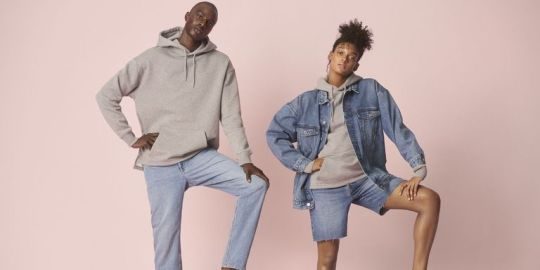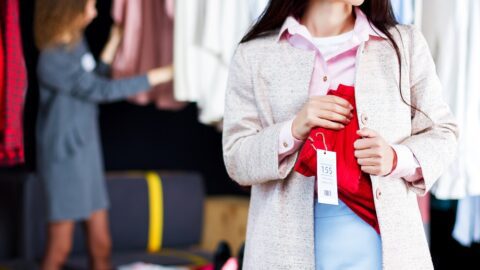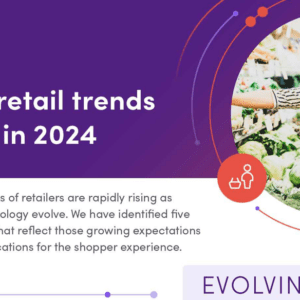 What do Zara, Target, H&M and Toys “R” Us have in common?
What do Zara, Target, H&M and Toys “R” Us have in common?
All four retailers have embraced gender neutrality in one form or another.
During the past couple of years, we’ve seen more brands and retailers dabble in genderless or unisex products and apparel, generally to much praise. The times they are a-changing, and it’s extremely important for companies to evolve and cater to a broader audience and a new generation of consumers.
Advertisement
Most recently, Target debuted a gender-free clothing collection for kids, while H&M unveiled a unisex denim collection called “Denim United.” Zara released a genderless collection just last year, while Toys “R” Us and Target have made strides to ditch boys’ and girls’ categories, signs and displays in stores.
All of this has me thinking: Is the future or fashion — or even retail in general — genderless?
That may sound like an extreme statement, but not if Gen Z has anything to say about it. This generation, born between the mid-1990s and mid-2000s, has a different mindset than generations that came before them. People have named Gen Z the “pivotal generation,” according to Forbes, which noted that they are “writing new rules that favor liberal viewpoints on things like race, gender, identity and sexuality.”
When I asked Natalie Prout, Associate Strategy Director at the business transformation agency Phenomenon, whether or not the future of fashion is genderless, she had mixed feelings.
“While I don’t believe the future of fashion is entirely genderless (as that could mean ignoring male and female aesthetic cues and codes entirely), I do believe as we societally get comfortable with a scale of gender fluidity, shopping across that scale will become more widespread for all genders,” said Prout. “Simply put, there will always be people who identify with either end of the traditional male/female scale, but more and more people will feel comfortable living and dressing across it.
“Millennials and Gen-Z consumers were raised to believe they could be and do anything they wanted,” Prout added. “Why would fitting firmly into a pink or a blue box be the exception?”
I couldn’t agree more and I can’t help but be excited about some of my favorite retailers like Target, Zara and H&M being gender neutral (even if it’s only a partial embrace).
3 Tips For Retailers Looking To Board The Gender Neutral Train
Having a genderless mindset is something retailers can really benefit from, according to Prout.
“Lifestyle and tech products beyond fashion are more inclusive of individuality — an iPhone being the classic example, where the form factor was gender-neutral but rose gold models sold extremely well amongst men,” she said. “All-gender products simply mean ‘human‘ products. By embracing individuality and self-expression as the key design code rather than gender, apparel retailers can design 100% of their products for 100% of their customers.”
Of course, there are challenges to face, such as backlash from people who reject gender fluidity. Remember when Target faced scrutiny when the retailer announced its gender-neutral bathrooms?
“There’s always going to be deep-rooted reasons that lead some people to reject gender fluidity,” said Prout. “Retailers will have to decide what side of the discussion they want to be on. PR monitoring and swift responses will be essential, as will the honest, brand authentic reasoning behind it. Retailers don’t have to be combative in this, but if they’re not prepared to tell their story, others may attempt to tell it for them.”
With that said, Prout shared three tips for retailers looking to follow in the footsteps of gender-neutral retailers:
- Know Your Customer: “What does inclusive gender fluidity look like to them?,” Prout said. “Work with them to co-create this vision, and use the right language for them: Are you creating for gender neutrality, human inclusion or individual self-expression?”
- Decide Why Before You Begin: “Is it to make an explicit statement or is it to fill an implicit need? This will guide your product design and marketing decisions.”
- Own Your Story: “People are going to have a point of view, and the extremists are always the loudest. Tell your story from the beginning and have the conviction to stand by it.”









